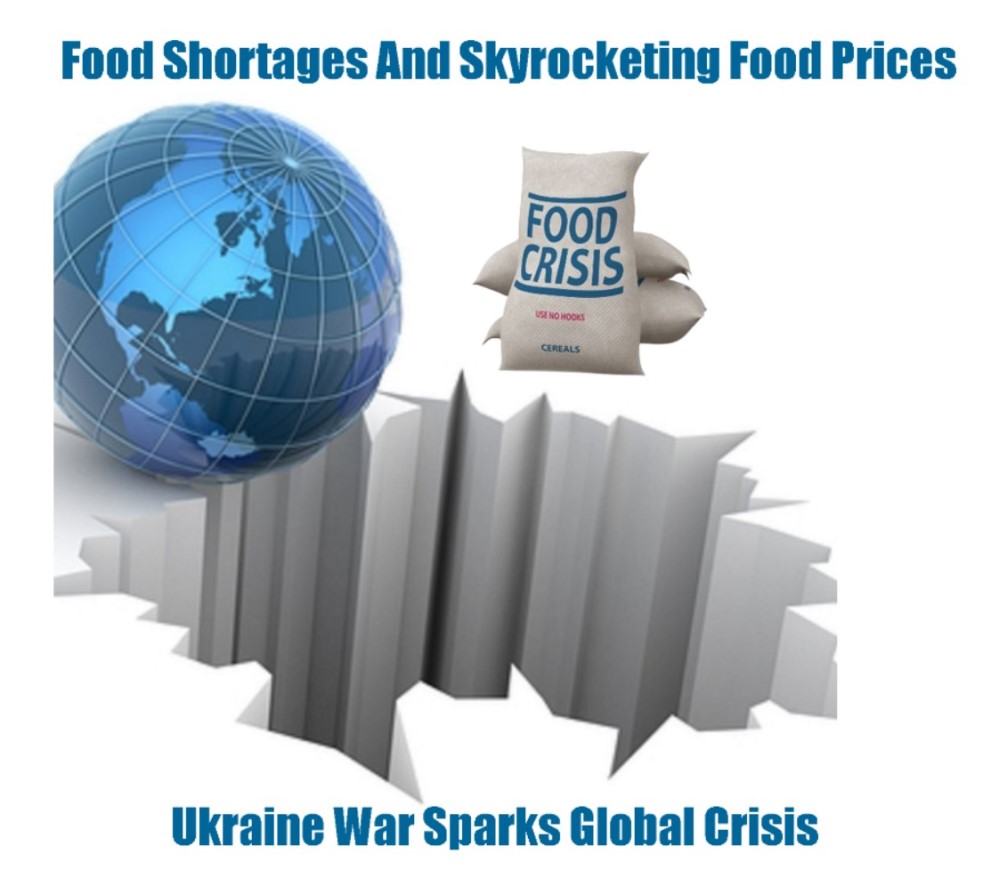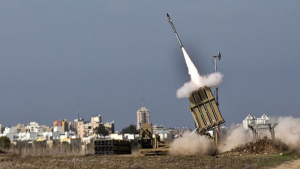
- Ukraine has ceased exports of wheat, oats, millet, buckwheat, and cattle, and Russia has banned fertilizer exports.
- Together, Russia and Belarus provide nearly 40% of the global exports of potash, a key fertilizer ingredient. Russia also exports 48% of the worldwide ammonium nitrate, and combined with Ukraine, they export 28% of nitrogen, phosphorous, and potassium fertilizers. Experts are now predicting fertilizer prices may double due to Russia’s ban on fertilizer exports.
- Russia is the world’s largest fertilizer exporter, providing about 15 percent of the world’s supply. This month, just as farmers worldwide prepared for planting, Russia told its fertilizer producers to halt exports. Sanctions already were making such transactions difficult.
- The United Nations estimated that up to 30 percent of Ukrainian farmland could become a war zone. And with millions of Ukrainians fleeing the country or joining the front lines, far fewer can work the fields.
- There are few worse countries to be in conflict for the global food market than Russia and Ukraine. Over the past five years, they have together accounted for nearly 30 percent of the exports of the world’s wheat, 17 percent of corn, 32 percent of barley, a crucial source of animal feed, and 75 percent of sunflower seed oil, essential cooking oil in some parts of the world.
- Sanctions also have hit Russia’s closest ally, Belarus, a leading producer of potash-based fertilizer, critical for many significant crops, including soybeans and corn.
- The world’s significant fertilizers have now more than doubled or tripled in price over the past year.
A crucial portion of the world’s wheat, corn, and barley is trapped in Russia and Ukraine because of the war. In contrast, an even more significant amount of the world’s fertilizers is stuck in Russia and Belarus. The result is that global food and fertilizer prices are soaring. Since the invasion last month, wheat prices have increased by 21 percent, barley by 33 percent, and some fertilizers by 40 percent.
Ukrainian farms are about to miss critical planting and harvesting seasons. European fertilizer plants are significantly cutting production because of high energy prices. Farmers from Brazil to Texas are cutting back on fertilizer, threatening the size of the subsequent harvests.
Ukraine is known as “the breadbasket” of Europe, responsible for producing and exporting 12% of all food calories traded on the international market. Russia is also a major exporter of food. Together with Ukraine, the two countries account for nearly 30% of global wheat exports, almost 20% of the world’s corn, and more than 80% of the sunflower oil.
According to the U.S. Department of Agriculture’s projections, wheat exports from Russia and Ukraine will reduce by more than 7 million metric tons in 2022. At the same time, the Ukrainian government has decided to ban all export of wheat, oats, millet, buckwheat, and cattle, to ensure food safety for its people. In contrast, Russia has banned exports of fertilizer.
According to the World Bank, for every one percentage point increase in food prices, 10 million people are expected to fall into extreme poverty. Another source of concern is the surge in crypto assets, which have now reached $2 trillion.
The World Bank and IMF are convening for their annual spring meetings at a time of great stress for low-income and developing countries reeling from overlapping crises. The Ukraine war also adds pressure to a global economy already hit by a pandemic. The meetings come in the wake of Sri Lanka’s decision to suspend payments on its $35 billion foreign debt and concern it could be the beginning of a wave of defaults as countries grapple with currency depreciation, higher interest rates, surging oil and commodity prices and food shortages that officials caution could spiral into social unrest.
Food insecurity, debt distress, inflation, and the explosion of crypto-assets were among a long list of global risks cited by the World Bank and International Monetary Fund on Monday.
- While virtually every country will face higher prices, some places could struggle to find enough food at all. China, facing its worst wheat crop in decades after severe flooding, is planning to buy much more of the world’s dwindling supply. And India, which ordinarily exports a small amount of wheat, has already seen foreign demand more than triple compared with last year.
While virtually every country will face higher prices, some places could struggle to find enough food.
Rising food prices have long been a catalyst for social and political upheavals in poor African and Arab countries. Many subsidize staples like bread to avoid such problems. But their economies and budgets — already strained by the pandemic and high energy costs — are now at risk of buckling under the cost of food,
Countries afflicted by protracted conflict, including Yemen, Syria, South Sudan, and Ethiopia, are already facing severe hunger emergencies that experts fear could quickly worsen.
In Afghanistan, aid workers warn that the humanitarian crisis has already been exacerbated by the war in Ukraine, making it more difficult to feed the roughly 23 million Afghans — more than half the population — who do not have enough to eat.



